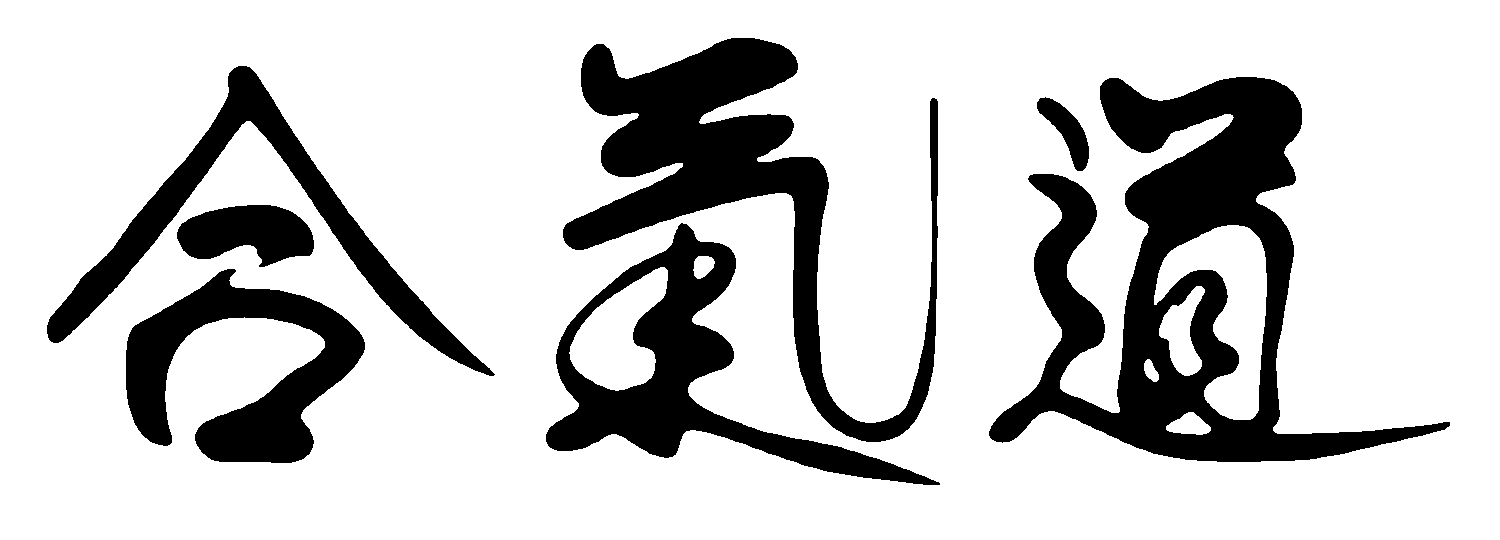Iwama Aikido
Traditional Aikido: As Taught in Iwama, Japan


The four levels of training in Aikido were presented in a previous Dragon Times article (vol. 5, p. 31). These levels are:
Aikido is generally associated with KI-NO-NAGARE technique, and some persons train this way exclusively in an almost dance-like manner. I personally consider it unfortunate that a widespread public conception of Aikido is based on this image.
To quote a passage from a book written my teacher, Morihiro Saito Sensei (9-dan), entitled Traditional Aikido Vol. 5, p. 36, Aikido is generally believed to represent circular movements. Contrary to such belief, however, Aikido, in its true Ki form, is a fierce art piercing straight through the center of opposition.
It is vitally important to establish a solid foundation in KATAI technique before moving on to KI-NO-NAGARE, and to continue training KATAI to prevent losing touch with the basics. A person who is proficient in KATAI can easily learn KI-NO-NAGARE, but a person who has trained only KI-NO-NAGARE will often not be able to move at all if gripped strongly. KATAI training is what tunes a trainee into the reality of physical strength and how to overcome it under the worst possible conditions.
It is often said that Aikido techniques do not require muscular strength to perform, and that it is not harmonious to resist a training partner who is attempting to perform a technique. Although there is some truth to this statement, it is based on an incomplete understanding of the nature of physical power and resistance.
Beginners in Aikido rely on muscular strength to overcome resistance. This is natural, and should not be discouraged because it is all they have at the time. As trainees progress, they become proficient in technique, and less muscular strength becomes necessary to overcome resistance.
In parallel, trainees develop KOKYU-RYOKU (abdominal breath power) as a direct result of their physical training. KOKYU-RYOKU is much stronger than muscular power, and eventually the techniques become almost effortless, even against strong resistance. After a number of years of hard and dedicated KATAI training, it becomes true that Aikido requires little muscular strength.
After a number of decades, it is possible to enter level 4 (KI) which is much stronger than KOKYU-RYOKU. However, beginners should not think about this, because they will only become frustrated.
Constructive resistance is not a break of harmony, but on the contrary the ultimate in harmony because trainees help each other to develop at the fastest possible rate.
Senior trainees are paired with junior trainees in basic training. Senior trainees, with their superior knowledge, are able to provide the right amount and direction of resistance so that the junior partner must struggle to feel out how to overcome the resistance and learn the technique. Junior trainees are encouraged to resist senior partners with everything they have (generally pure muscular power), so that the senior trainees can hone their technique against full resistance.
Although dance-like movements can be learned without resistance, constructive resistance is necessary to learn effective technique because without resistance a trainee does not know if the technique is really working. Constructive resistance provides the feedback and guidance that are necessary to deal effectively with the reality of physical strength.
In basic training, constructive resistance is directly against the technique. At advanced levels, constructive resistance can include uninhibited attempts to escape or reverse the technique.
Resistance is only constructive if it results in trainees growing and improving their technique and spirit. The level of resistance must not be excessive, because trainees will never learn techniques if they are prevented from performing them. Preventing a trainee from performing a technique is further counterproductive in that it defeats self-confidence and self-esteem.
The proper level of resistance is such that a trainee is able to complete a technique with great difficulty. This is also extremely good physical exercise, straining many muscles of the body. Beginners, however, must sometimes be given negative resistance such that they are physically guided to perform the proper movements.
Resistance is counterproductive if it is based on egotism, or a desire to compete with, humiliate or intimidate a training partner. Under no circumstances should a training partner be deliberately injured or subjected to a dangerous situation. The purpose of constructive resistance is to help a training partner learn effective technique, and counterproductive resistance defeats this purpose.
In summary, Aikido does require little muscular strength if it is learned correctly, and resistance is not harmonious if it is applied counterproductively. However, muscular power and constructive resistance are vital elements in Aikido training, and constitute stepping stones to higher levels.